Matrices are powerful mathematical tools used across various fields from engineering to economics. Whether you’re solving systems of linear equations, analyzing data, or working with computer graphics, understanding matrix operations is essential. Our comprehensive Matrix Calculator guide will walk you through everything you need to know about matrices and how to perform calculations efficiently.
What Are Matrices and Why Are They Important?

A matrix is a rectangular array of numbers, symbols, or expressions arranged in rows and columns. Matrices provide a concise way to represent and solve complex mathematical problems that involve multiple variables or dimensions.
In mathematics, matrices are denoted by capital letters (A, B, C) and their elements are typically represented as aij, where i indicates the row and j indicates the column. For example, a2,3 refers to the element in the second row and third column of matrix A.
Matrix Dimensions
The dimensions of a matrix are expressed as m × n, where m represents the number of rows and n represents the number of columns. A matrix with equal numbers of rows and columns (m = n) is called a square matrix.
Ready to Solve Matrix Problems?
Skip the manual calculations and use our powerful Matrix Calculator for instant, accurate results.
Essential Matrix Operations
Understanding the fundamental operations you can perform with matrices is crucial for solving complex problems. Our Matrix Calculator supports all these operations with just a few clicks.
Matrix Addition and Subtraction
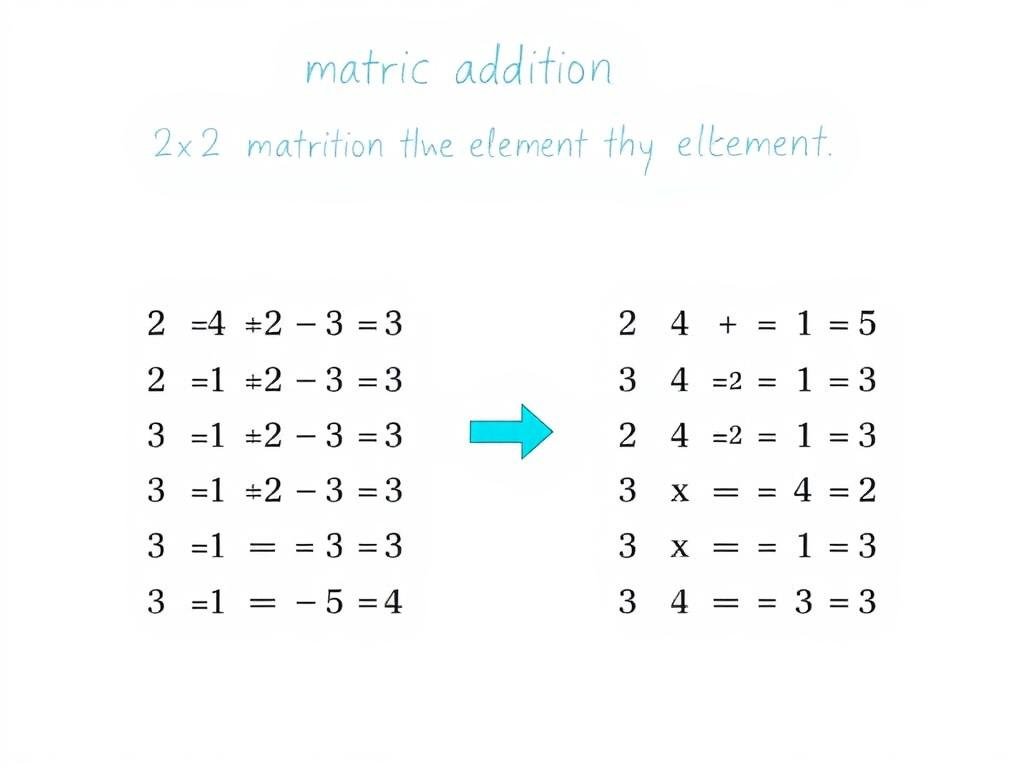
Matrix addition and subtraction can only be performed on matrices of the same dimensions. The operation is performed by adding or subtracting the corresponding elements in each matrix.
For matrices A and B with the same dimensions, the sum A + B is found by adding corresponding elements: (A + B)ij = Aij + Bij
For example, if we have:
| Matrix A | Matrix B | A + B |
|
[1 2] [3 4] |
[5 6] [7 8] |
[6 8] [10 12] |
Matrix Multiplication
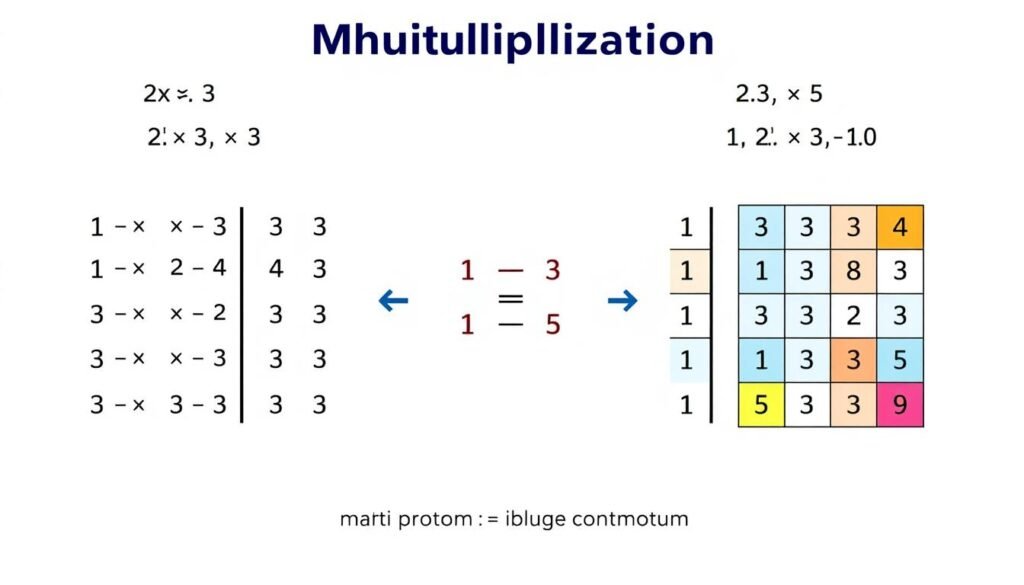
Matrix multiplication is more complex than addition or subtraction. To multiply two matrices, the number of columns in the first matrix must equal the number of rows in the second matrix.
The resulting matrix will have dimensions m × p, where m is the number of rows in the first matrix and p is the number of columns in the second matrix.
The dot product is key to matrix multiplication. For each element in the result matrix, we multiply corresponding elements from a row of the first matrix and a column of the second matrix, then sum these products.
| Matrix A (2×3) | Matrix B (3×2) | A × B (2×2) |
|
[1 2 3] [4 5 6] |
[7 8] [9 10] [11 12] |
[58 64] [139 154] |
Multiply Matrices Instantly
No more tedious calculations. Our Matrix Calculator handles complex multiplications in seconds.
Scalar Multiplication
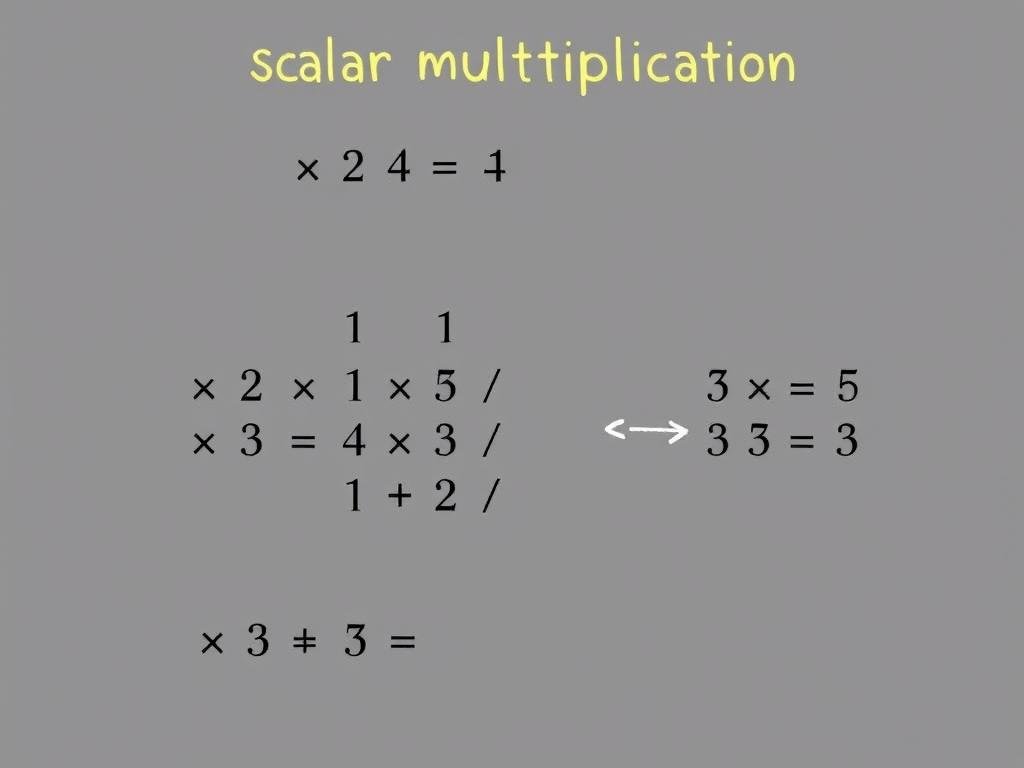
Scalar multiplication involves multiplying each element of a matrix by a scalar (a single number). This operation changes the magnitude of the matrix without affecting its direction or dimensions.
For example, multiplying matrix A by scalar k:
| Matrix A | Scalar k | k × A |
|
[1 2] [3 4] |
5 |
[5 10] [15 20] |
Advanced Matrix Operations
Matrix Transpose

The transpose of a matrix flips the matrix over its diagonal, switching the row and column indices. For a matrix A, its transpose is denoted as AT.
If A is an m × n matrix, then AT will be an n × m matrix. Each element aij in A becomes element aji in AT.
| Matrix A | Transpose AT |
|
[1 2 3] [4 5 6] |
[1 4] [2 5] [3 6] |
Matrix Determinant
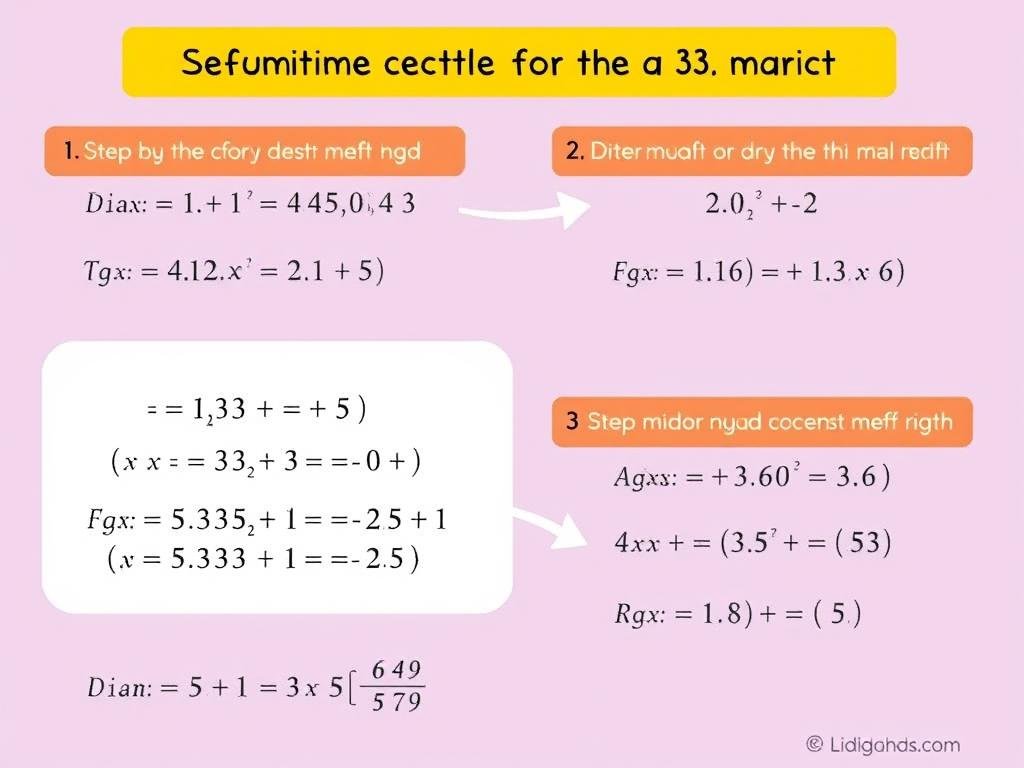
The determinant is a scalar value calculated from a square matrix. It provides important information about the matrix, such as whether it has an inverse. The determinant is denoted as det(A) or |A|.
For a 2×2 matrix, the determinant is calculated as:
|A| = ad – bc, where A = [[a, b], [c, d]]
For larger matrices, the determinant is calculated using minors and cofactors or other methods.
| Matrix A | Determinant |A| |
|
[3 8] [4 6] |
3×6 – 8×4 = 18 – 32 = -14 |
Calculate Determinants Easily
Finding determinants of large matrices can be challenging. Let our calculator do the work for you.
Matrix Inverse

The inverse of a matrix A is denoted as A-1 and satisfies the equation A × A-1 = A-1 × A = I, where I is the identity matrix.
Not all matrices have inverses. A matrix has an inverse if and only if its determinant is non-zero.
For a 2×2 matrix, the inverse is calculated as:
A-1 = (1/|A|) × [[d, -b], [-c, a]], where A = [[a, b], [c, d]] and |A| = ad – bc
| Matrix A | Inverse A-1 |
|
[3 2] [1 4] |
[0.4 -0.2] [-0.1 0.3] |
Real-World Applications of Matrices
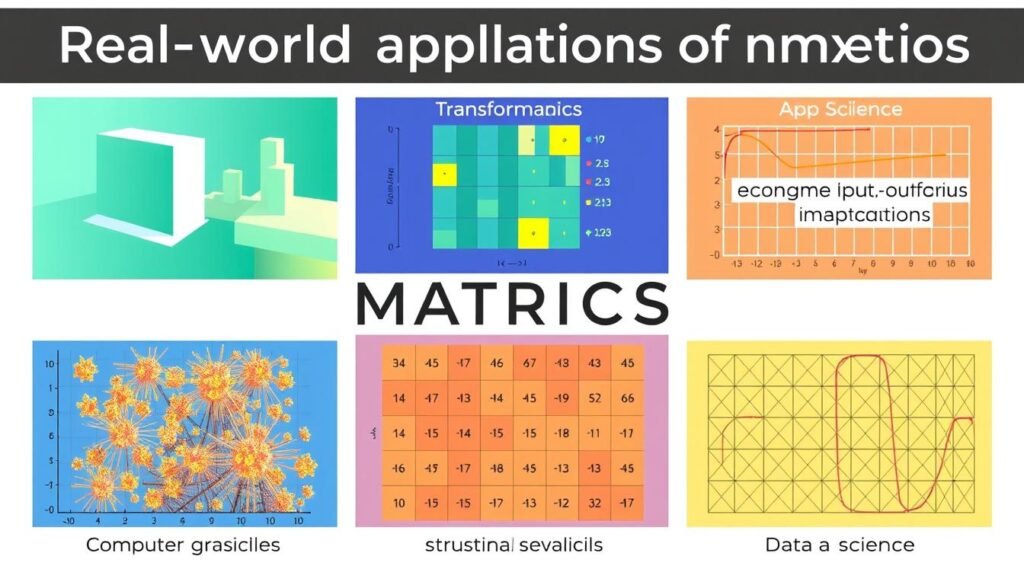
Computer Graphics
Matrices are essential in computer graphics for transformations such as rotation, scaling, and translation. 3D rendering engines use matrix operations to manipulate objects in virtual space.
Engineering
In structural analysis, matrices help solve complex systems of equations. Engineers use matrices to model stress, strain, and displacement in structures like bridges and buildings.
Economics
Economists use input-output matrices to model how different sectors of the economy interact. These models help predict how changes in one sector affect others.
Data Science
In machine learning, matrices represent datasets and transformations. Matrix operations are fundamental to algorithms like Principal Component Analysis and neural networks.
Physics
Quantum mechanics uses matrices to represent physical observables and transformations. The Hamiltonian matrix describes the total energy of a quantum system.
Cryptography
Matrix operations are used in encryption algorithms to secure data. Hill cipher, for example, uses matrix multiplication to encode messages.
Solve Real-World Matrix Problems
Whether you’re working on engineering, economics, or data science problems, our Matrix Calculator can handle complex calculations.
Step-by-Step Matrix Calculation Examples
Example 1: Matrix Addition
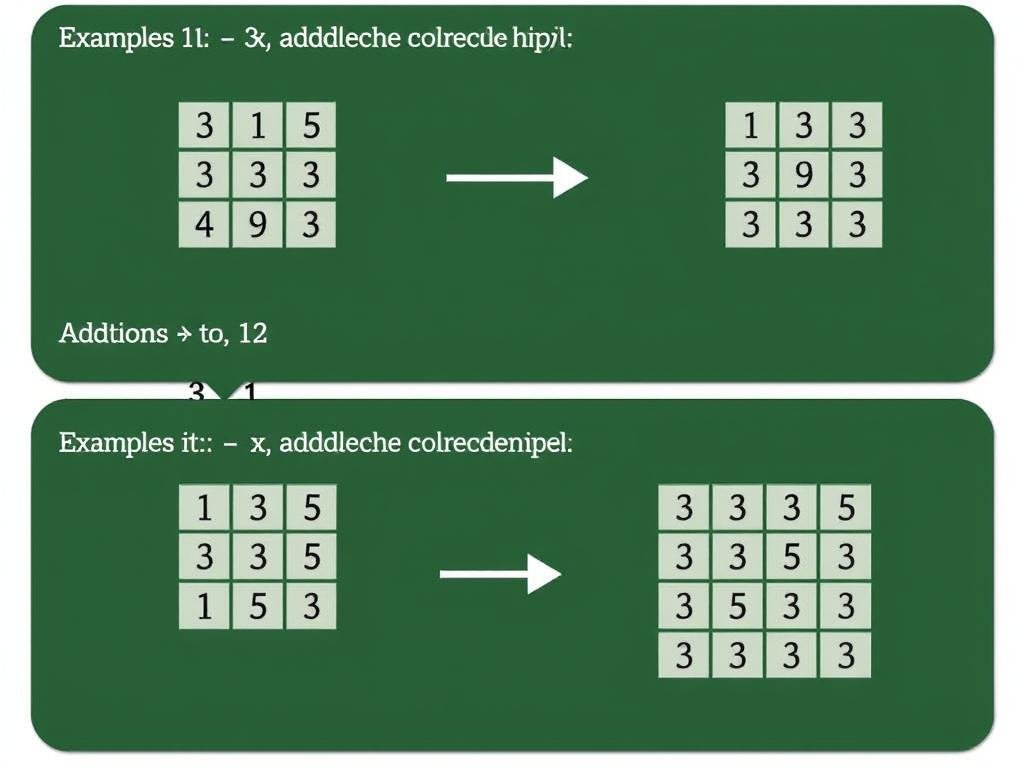
Let’s add matrices A and B:
A = [[1, 2, 3], [4, 5, 6], [7, 8, 9]]
B = [[9, 8, 7], [6, 5, 4], [3, 2, 1]]
To add these matrices, we add the corresponding elements:
A + B = [[1+9, 2+8, 3+7], [4+6, 5+5, 6+4], [7+3, 8+2, 9+1]]
A + B = [[10, 10, 10], [10, 10, 10], [10, 10, 10]]
Example 2: Matrix Multiplication

Let’s multiply matrices A and B:
A = [[1, 2], [3, 4]]
B = [[5, 6], [7, 8]]
To multiply these matrices:
(A × B)1,1 = 1×5 + 2×7 = 5 + 14 = 19
(A × B)1,2 = 1×6 + 2×8 = 6 + 16 = 22
(A × B)2,1 = 3×5 + 4×7 = 15 + 28 = 43
(A × B)2,2 = 3×6 + 4×8 = 18 + 32 = 50
A × B = [[19, 22], [43, 50]]
Example 3: Finding the Determinant
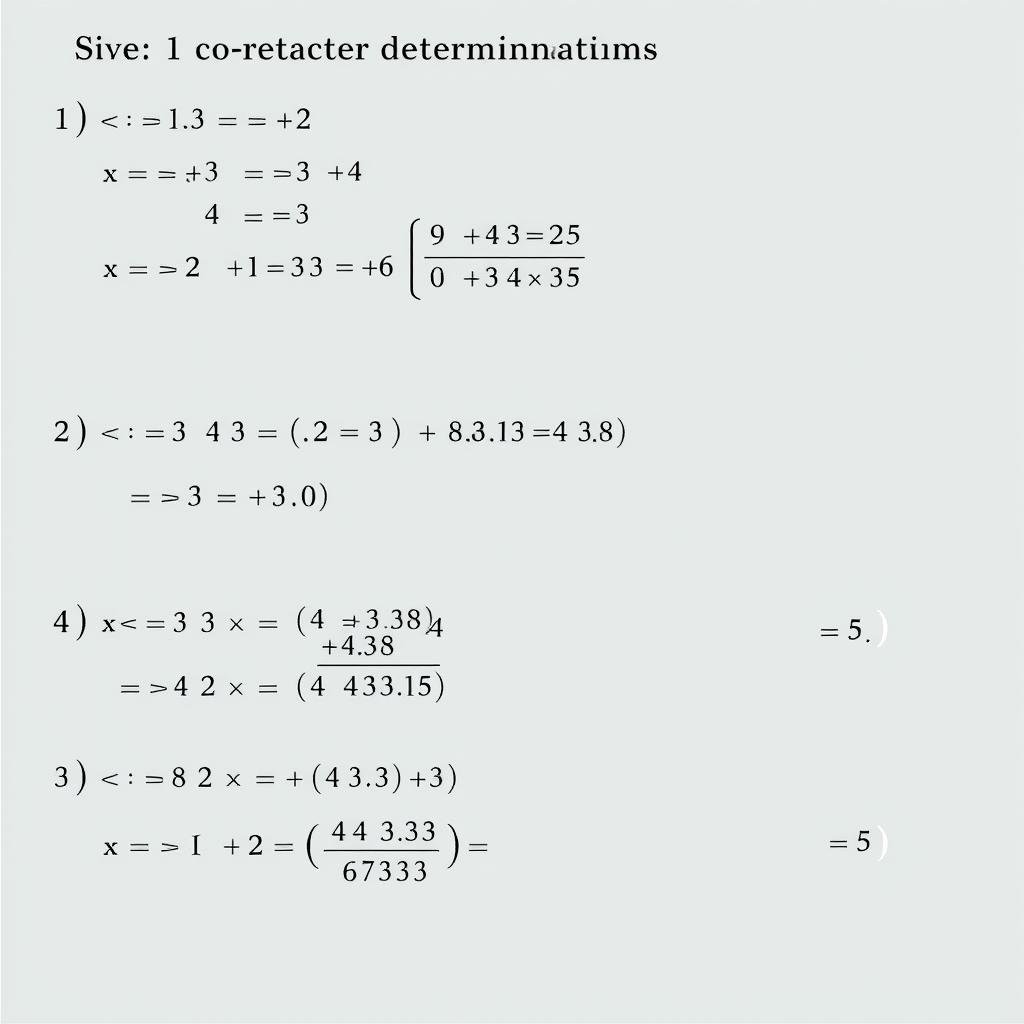
Let’s find the determinant of matrix A:
A = [[4, 2, 3], [1, 5, 2], [6, 3, 1]]
Using cofactor expansion along the first row:
|A| = 4 × |[[5, 2], [3, 1]]| – 2 × |[[1, 2], [6, 1]]| + 3 × |[[1, 5], [6, 3]]|
|A| = 4 × (5×1 – 2×3) – 2 × (1×1 – 2×6) + 3 × (1×3 – 5×6)
|A| = 4 × (5 – 6) – 2 × (1 – 12) + 3 × (3 – 30)
|A| = 4 × (-1) – 2 × (-11) + 3 × (-27)
|A| = -4 + 22 – 81 = -63
Why Use Our Matrix Calculator?
Benefits of Using Our Matrix Calculator
- Save time on complex calculations
- Eliminate human error in matrix operations
- Handle matrices of various dimensions
- Perform multiple operations in sequence
- Get step-by-step solutions for educational purposes
- Accessible on any device with internet access

Whether you’re a student learning linear algebra, an engineer solving complex systems, or a data scientist working with large datasets, our Matrix Calculator provides a powerful and user-friendly solution for all your matrix calculation needs.
Ready to Simplify Your Matrix Calculations?
Our Matrix Calculator handles addition, subtraction, multiplication, determinants, inverses, and more with just a few clicks.
Explore our other mathematical tools, including our Determinant Calculator, Eigenvalue Calculator, and System of Equations Solver to enhance your mathematical toolkit.